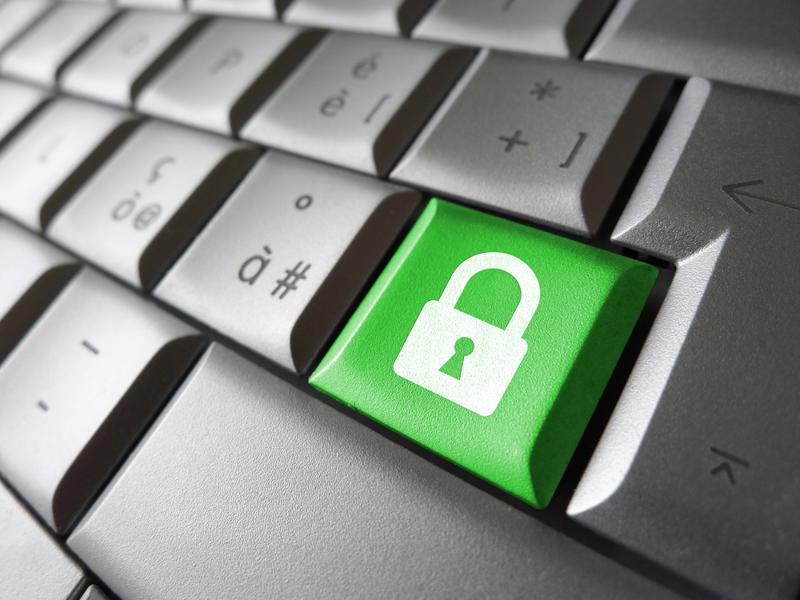Online commerce has become a hugely popular enterprise. The convenience and deals people can find via the internet simply cannot be paralleled in a brick-and-mortar store. In fact, on Black Friday and Thanksgiving alone in 2015, consumers spent an incredible $4.45 billion through online shopping, according to Adobe.
However, this popularity hasn’t gone unnoticed within the cybercriminal community. These individuals know how much money is flowing through these sites, and they’re doing everything in their power to get their hands on some of it. That said, there are some things you can do in order to mitigate the risks of fraud.
Look for the green lock
The first aspect you’ll want to look for in an online shopping vendor is whether or not they have enough security to ensure your financial information won’t be stolen by a hacker. Although sites have many ways they can go about doing this, the most important and easiest to check is HTTPS encryption.
 HTTPS is really important. HTTPS encryption is a vital part of e-commerce.
HTTPS is really important. HTTPS encryption is a vital part of e-commerce.At its most basic, encryption is where data sent over a connection is scrambled during transmission and then descrambled by the machine at the other end. The reason sites need to do this has to do with the fact that hackers have the ability to intercept information via something called a man-in-the-middle attack. If you’re using HTTPS encryption, all a hacker will be able to see is a bunch of indecipherable nonsense.
What’s more, checking to see if a site uses HTTPS encryption is incredibly easy. Simply take a look at the far left side of the address bar. If you see a green lock, any data sent through that website will be encrypted. If not, it’s probably best to move on to another site.
Use a different password for each site
A huge mistake a lot of people make is using the same password across different sites. Many users don’t understand why this is an issue or simply trust their online shopping vendor of choice too much. That last point is especially poignant, as it’s vital to understand that no company is ever 100-percent secure. Even Amazon has been the victim of a login credential data breach.
“Using multiple, complex passwords ensures you compartmentalize a breach.”
The reason this is such a big problem is that once a hacker compromises one account, he’s instantly able to access the information contained elsewhere. Using multiple, complex passwords ensures you compartmentalize a breach.
Credit cards are better than debit cards
When you actually get to paying for your item, it’s generally a good idea to use a credit card rather than a debit card. Although debit cards aren’t inherently unsafe in and of themselves, the actual issue comes from the process of filing a fraud claim after you’ve been hacked. When you use a credit card, you aren’t actually losing your own money. If you can prove you weren’t negligent or an accomplice to the criminal, the credit company will generally cancel the charge.
However, when a hacker gains access to your debit card, he’s stealing the actual money that you’ve earned. You still most likely be able to get it back, but if the theft was large enough you may have to go without money for a good amount of time while the bank figures the situation out.
Check your bank accounts regularly
On that note, it’s also vital that you remain an active participant in your financial well-being by constantly checking your bank accounts. Unlike in the movies, hackers are often extremely quiet and the online vendor that was hacked may not notice the fraud quickly. If you notice any charges that you can’t personally take responsibility for, follow up with the bank immediately.





